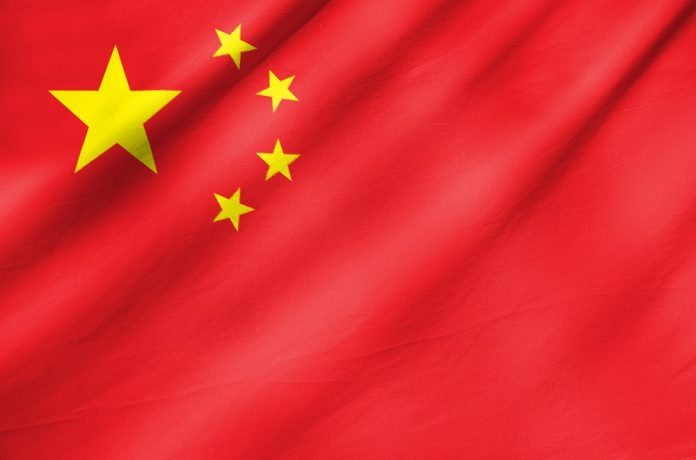BEIJING: US President Donald Trump will sign an executive memorandum today, authorising the US trade representative to determine whether to investigate China’s intellectual property and trade practices, which could pave the way for Trump to use Section 301 of the Trade Act of 1974 to impose tariffs on Chinese goods and eventually trigger a trade war.
Such measures could not impede China’s rapid economic growth, Chinese officials said here on Sunday.
According to the International Monetary Fund data, China’s nominal GDP in 1989 was $461.10 billion and that of the US $5.66 trillion, or 11.39 times that of China. And China’s GDP based on purchasing power parity in 1989 was $1.04 trillion, compared with the US’ $5.66 trillion.
When a “Special 301” investigation against China was launched in 1991, China’s nominal GDP was $415.60 billion and the US’ $6.17 trillion, which was 14.86 times that of China. And China’s GDP based on purchasing power parity was $1.26 trillion and the US’ $6.17 trillion, or 5 times that of China.
But last year, China’s nominal GDP reached $11.39 trillion, with the US’ being $18.56 trillion, just 1.63 times that of China. But more importantly, China surpassed the US in terms PPP based GDP – $21.27 trillion compared with $18.56 trillion. In percentage terms, the US’ purchasing power parity-based GDP was about 87 percent of China’s.
On the foreign trade front, China’s import-export structure used to be unbalanced – a large percentage of the exports were primary products and imports mainly comprised manufactured goods.
But by the time the US launched investigations into Chinese companies based on the Special 301 clause in 1990, China’s exports of manufactured products ($46.20 billion) exceeded its imports ($43.50 billion) for the first time, with the overall trade balance turning from a deficit of $6.6 billion to a surplus of $8.74 billion. China has generally maintained a trade surplus since then.
China has gradually developed into the largest exporter of manufactured goods and the largest importer of primary products. Last year, it exported about $2.09 trillion worth goods, about 10 times more than in 1989.
Apart from having a balanced import-export structure and a trade balance, China has climbed up the international value chain with its share of the global market increasing from only 0.9 percent in 1948 to 14.2 percent in 2015, about twice that of the US.
And that China made these achievements even as the US continued using the Special 301 clause of the Trade Act of 1974 shows that those investigations have had limited impact on the economic development of China. China has become the world’s largest manufacturing economy and the largest exporter, and has the largest foreign exchange reserves. Therefore, the use of Section 301 by the US will not have much impact on China’s progress toward stronger economic development and a better future.




